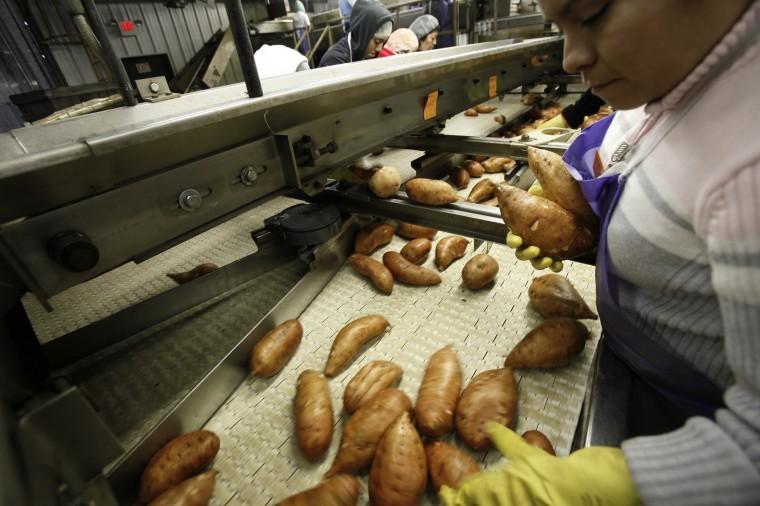Americans see 50 percent increase in cost of Thanksgiving dinner
November 22, 2010
It might be a small Thanksgiving for more families this year.
According to the American Farm Bureau Federation the average price for Thanksgiving dinner has seen a 50 percent increase since 1987.
Assistant economics professor Jeremy Groves, explained that inflation is the primary cause.
“Primarily because of inflation, food prices started to rise with most other prices,” Groves said. “Recently, we have also seen higher demand for grains. This higher demand and price for grains leads to higher prices for meat and poultry products as well.”
The American Farm Bureau Federation’s 25th annual informal price survey of classic items found on the Thanksgiving dinner table showed that the average cost for 10 people this year is $43.47. This is up 56 cents from last years $42.91.
Items on the list for AFBF’s Thanksgiving dinner includes turkey, stuffing, cranberries, potatoes, dinner rolls, vegetables, pumpkin pie, coffee and milk, and a few other traditional items that families have on Thanksgiving.
According to a survey from First Command Financial Services about 40 percent of families will change their Thanksgiving plans due to economic reasons.
Senior business major Paul Dec said that his Thanksgiving plans will remain the same.
“My family’s dinner plans haven’t changed and have been the same for as far back as I can remember,” Dec said. “We have scaled back throughout the year on food shopping, but we are not holding back for Thanksgiving dinner. Thanksgiving is supposed to be a feast and we won’t cut back for that.”
As for a future decrease in the cost of food, Grove doesn’t think its likely.
“It seems unlikely that food prices will fall to their 1980s levels again given that would require a great deal of disinflation, which is bad,” Groves said. “Large decreases in prices will likely not be seen anytime soon. At best, we can hope for smaller increases in prices.”













